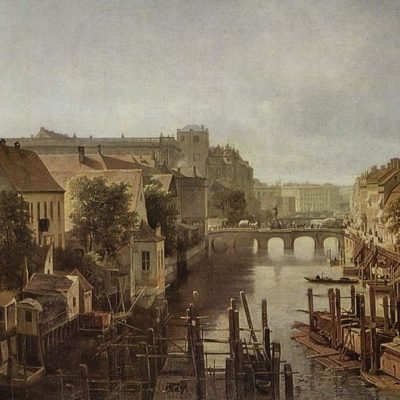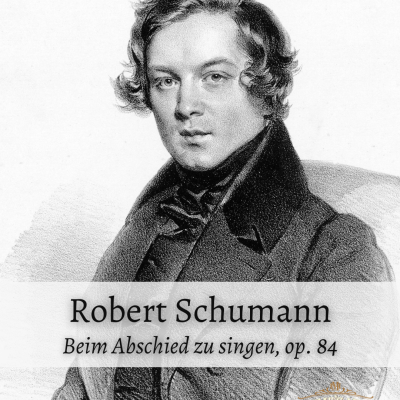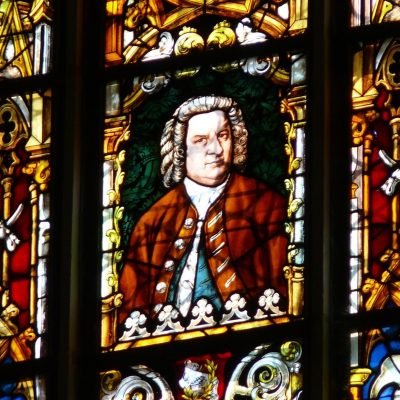Description
Concerto da camera I–XII
Johann Michael Müller (1683–1736)
Modern edition by David Whitwell (1937–)
Date: 1712
Instrumentation: Hautboisten (Oboe concertino, Ob 1.2, Cor Ang, Bsn), all parts should be doubled
Level: 4
Notes
Earlier music history texts assumed that the Hautboisten name referred to a small military band, usually of two oboes, a bassoon, and side drum, which would alternate compositions with a single trumpet player. From examination of the actual repertoire in libraries throughout Europe, today we know that there was an important indoor ensemble based on the Le Grands Hautbois of Louis XIV. This ensemble had doubled parts resulting in an ensemble of usually twelve players. The twelve-player Hautboisten ensemble continued into the nineteenth century and, among other things, explains why Mozart wrote a wind ensemble for twelve winds and string bass.
We changed the name of these suites from “Sonata” to “Concerto da camera,” as it is more in keeping with the late German Baroque. In addition one will note that the principal oboe part was called “Oboe Conc.,” or Oboe Concertino, a distinct part of the concerto form at this time. The term “Sonata” was added by the publisher in Amsterdam and reflects an earlier Renaissance tradition.
Johann Michael Müller (1683–1736/43) was organist and Director of Music at the Hanauer Marien Church in Germany. During his lifetime he was widely known for having set 150 psalms of David to melodies of his own composition. It is an honor and a tribute to him that the first publication of these works in 1719 included a dedicatory poem composed by Telemann.
In 1712 he published in Amsterdam twelve Concerto da camera for Hautboisten of high quality, reflecting the considerable interest in this medium in Germany beginning at the end of the seventeenth century.
Duration: 8:00
I. Adagio–Allegro
II. Minuet
III. Adagio
IV. Presto
Concerto da camera II
Duration: 9:40
I. Adagio–Allegro
II. Aria
III. Menuet
IV. Adagio–Giga Presto
Concerto da camera III
Duration: 11:30
I. Adagio–Allegro
II. Aria
III. Adagio–Presto
IV. Adagio–Allegro
V. Adagio–Presto
Concerto da camera IV
Duration: 9:30
I. Adagio–Allegro
II. Aria
III. Menuet
IV. Allegro
V. Giga
Duration: 11:00
I. Grave–Allegro
II. Aria
III. Trio
IV. Sarabanda
V. Presto
Concerto da camera VI
Duration: 10:50
I. Adagio–Vivace
II. Aria, “Come Ciacona”
III. Sarabanda
IV. Menuet
Concerto da camera VII
Duration: 8:15
I. Vivace–Allegro
II. Aria
III. Menuet–Alternativement
IV. Gavotta
V. Presto
Concerto da camera VIII
Duration: 7:10
I. Adagio–Allegro
II. Presto
III. Adagio
IV. Allegro
V. Menuet
Duration: 7:30
I. Adagio–Allegro
II. Andante
III. Marche
IV. Presto
V. Menuet
Concerto da camera X
Duration: 7:15
I. Allegro
II. Rondeau
III. Adagio
IV. Presto
Concerto da camera XI
Duration: 8:14
I. Adagio–Allegro
II. Allegro–Adagio
III. Vivace
IV. Menuet
Concerto da camera XII
Duration: 8:43
I. Grave–Allegro
II. Aria
III. Passepied
IV. Menuet






